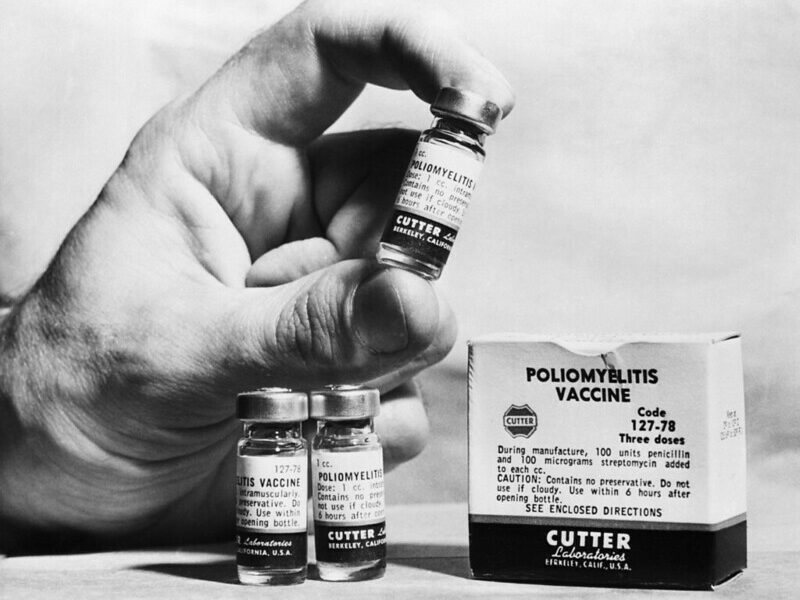Despite the heat of the summer, people in balmy Florida steer clear of lakes and other bodies of water for fear of being attacked by what news reports are calling “brain-eating amoeba.” This summer, three people have died due to an infection by Naegleria Fowleri, a pathogenic amoeba that feeds off the brain, causing a condition called primary amebic meningoencephalitis, or PAM.
The three deaths were reported from Virginia, Louisiana and Florida.
N. Fowleri has been found in warm freshwater bodies and occasionally, poorly cleaned pools. The good news is that it cannot be transmitted person to person, and that it cannot survive in a properly chlorinated pool. Also, despite its widespread existence, infection by N. Fowleri is very rare. The CDC states that only 32 cases have been reported in the United States in the past ten years.
The bad news is that PAM is almost always fatal. Only three people have survived. Doctors do not know why some people are infected and others are not. They do know that N. Fowleri enters through the nasal cavity and reaches the brain through the olfactory nerve. Once in the brain, the amoebas destroy neural tissue and cause inflammation. The incubation period can be between 2 and 15 days, depending on the amoeba’s size and virulence. Similar to bacterial meningitis, PAM manifests as intense headaches and fevers, nausea, vomiting, stiff neck, and confusion, followed by a rapid progression to seizures or coma. Because of its similarities to bacterial meningitis, some doctors suggest that PAM is underreported due to misdiagnosis.
Human beings have no natural defense against the amoeba. Currently there is no effective treatment because what makes N. Fowleri pathogenic remains unknown. Amphotericin B is an antifungal and antiprotozoan compound that is currently used as treatment, but it is not 100 percent effective and due to its high toxicity has serious side effects such as nausea, dizziness, and general weakness.
According to a PBS article, most N. Fowleri infections occur in young boys due to rough housing or any activities that would increase the likelihood of water rushing into the nose. The CDC recommends avoiding water activities in bodies of warm freshwater, particularly when there are low levels of water, holding your nose or using a nose clip when swimming, and not kicking up dirt or soil when playing in shallow water.
